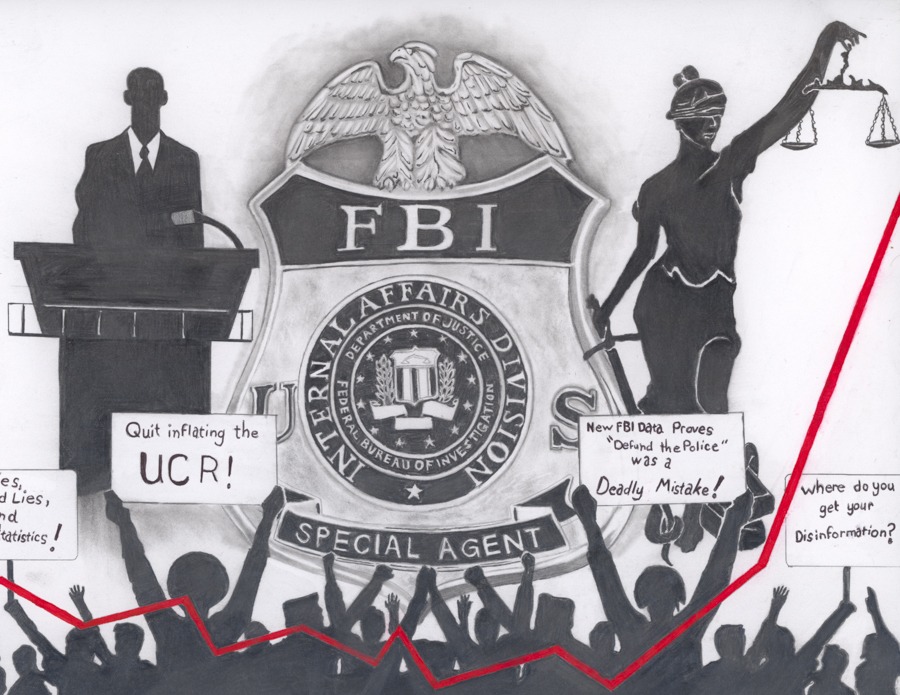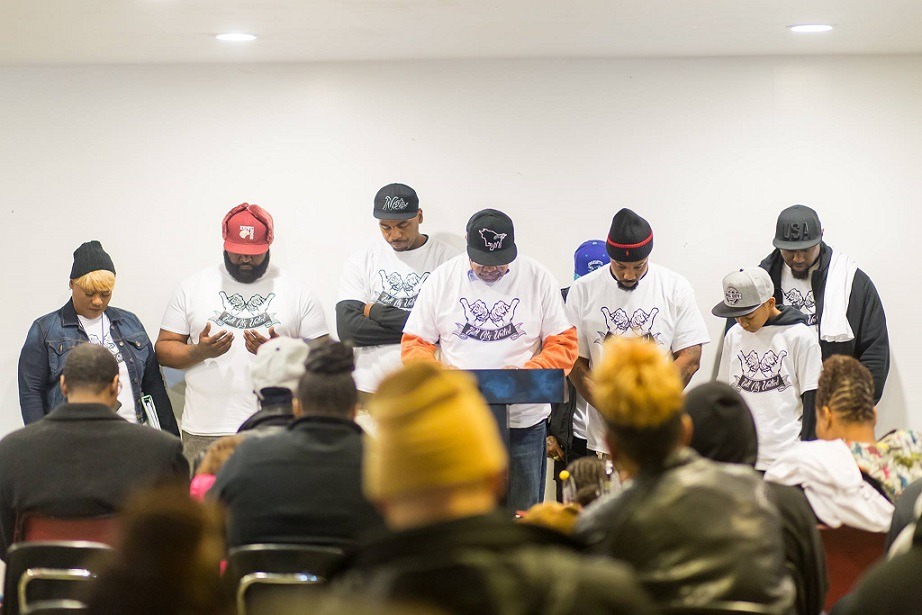
The Appeal and Academy for Justice: Challenging the Prevailing Narrative on Violence
In partnership with the Academy for Justice at the Sandra Day O’Connor College of Law at Arizona State University, The Appeal, a nonprofit news organization that envisions a world in which systems of support and care – not punishment – crate public safety, produced a series of articles that challenge the prevailing narrative on violence, each with a distinct strategic focus.

Lies, Damned Lies, and Crime Statistics
Every September, the FBI releases its annual Uniform Crime Report, reliably triggering a slew of media coverage, ranging from alarmist listicles (e.g., “The Most Dangerous Cities in America, Ranked”) to speculative think pieces that draw sweeping policy conclusions based on the often random year-to-year fluctuations in crime (e.g. “New FBI Data Proves ‘Defund the Police’ was a Deadly Mistake”). The Appeal has provided an antidote to these toxic narratives. This article provides a detailed explainer that will help readers and other journalists understand and contextualize the perennially misunderstood crime statistics. The article draws from academic research and expert insights to answer questions like: Where do crime statistics come from? How reliable are the figures reported to the FBI? What’s missing from the UCR? The piece also explores the history of crime statistics and the ways in which people in power have used crime statistics to justify repressive law enforcement policies that is proportionately impact marginalized people and communities.

Community-Based Responses to Violence
When reformers are asked how society should respond to violent crime, they often point to structural inequalities in housing, education, and economic opportunity as the root causes of crime. As important as addressing these injustices may be, it takes a long time to fundamentally transform society, and we need to do something about violence in the meantime. While a decent body of academic research suggests that policing can quickly reduce violent crime, at least in the short term, these types of studies rarely account for the costs associated with a heavy law enforcement presence: arrests, incarceration, and the risk of police violence. What we need, then, is an approach to reducing street violence without simultaneously increasing state violence. This narrative-rich, reported story explores examples of grassroots violence intervention programs that may offer immediate models for addressing violence without resorting to policing and mass incarceration. It asks, does academic research show these are working? What would it take for them to spread to other communities? The articles explore the possibilities and pitfalls through interviews with organizers, researchers, and more.

Rethinking Violence on the Precipice of a New Era of Mass Incarceration
As concerns about rising violent crime drive a new backlash against efforts to reduce the harms of policing and incarceration, much of the debate on how to respond to violent crime suffers from unquestioned assumptions about the nature of the problem. Discussions about rising murder rates rarely address the role of intimate partner and family violence, despite the fact that FBI data suggests that at least 17 percent of murder victims are former or current partners or relatives of the person who killed them. Similarly, calls for more policing often overlook the fact that clearance rates for violent crimes in many departments are well below 50 percent. This article digs into these assumptions and the problematic policy responses they’ve produced. It provides a bird’s eye view of the regressive policies and political trends that backlash to criminal justice reform has produced over the past two years and reframes the assumptions driving these developments through interviews with academics, as well as people who have caused harm and those who have been victims of harm.